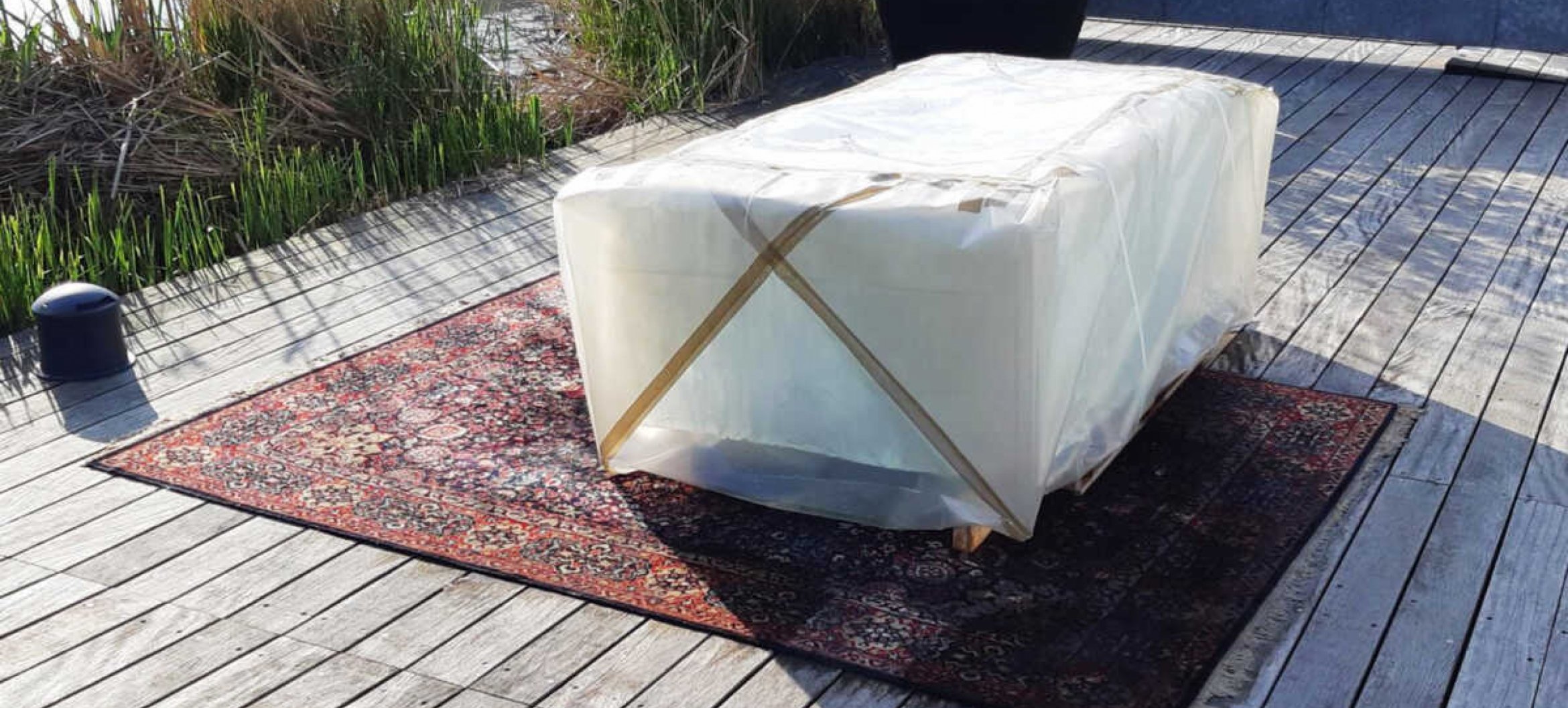Designing for Precarious Citizens
Precarity is an experience that is radically shared in today’s world. On different levels, a large part of the population is experiencing the drastic decline of social security and reliability. These hard-won rights are slowly but steadily being replaced with buzzwords like ‘flexibility’ or even ‘creativity’.

The new precarious citizens are now joining the large groups of people that are already well acquainted with precarious conditions and living standards. And since precarity is not new, nor something that should move unchallenged, it can prove meaningful to see how it has been (en)countered in earlier times, to build a way forward.
With this approach, the Designing for Precarious Citizens project took the Bauhaus as point of reference. Even though the Bauhaus school had a short lifespan, its thinking on design and influence on contemporary design discourse can’t be underestimated. Bauhaus made a mark in history by making mass-produced design, aimed at improving the quality of life for less privileged populations. With Designing for Precarious Citizens, these principles were revisited in a precarious contemporary context, reinstating the position that designers claim collective agency and work for the world they live in.
The project led to an exhibition and a symposium at Het Nieuwe Instituut (Rotterdam), facilitating talks by designers, architects, experts, policymakers, and representatives that looked into questions of migration, gendered labour, shared economy, and the idea of home. In addition, this startling rendering of Bauhaus in the current times was accompanied by the publication of a book that serves as a resource on this speculative design exercise to counter precarious living conditions.
This project is connected to the ArtEZ Centre of Expertise Future Makers.